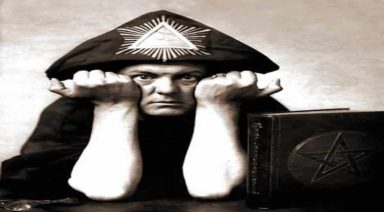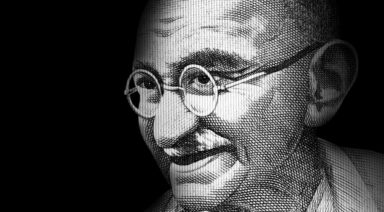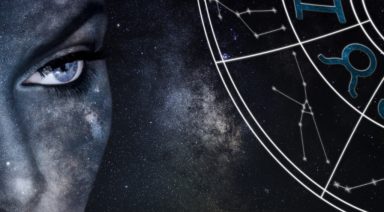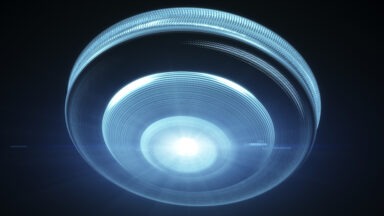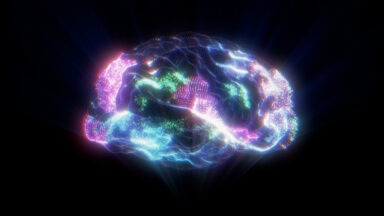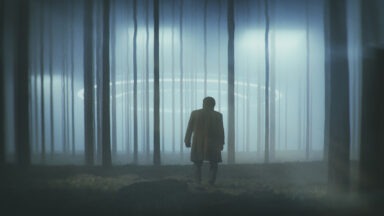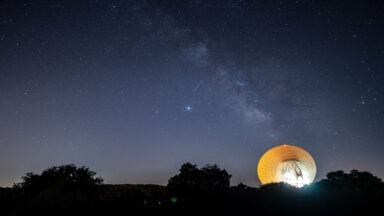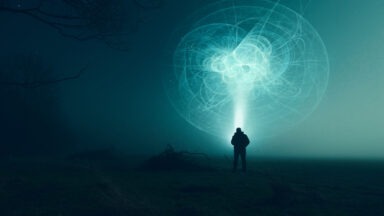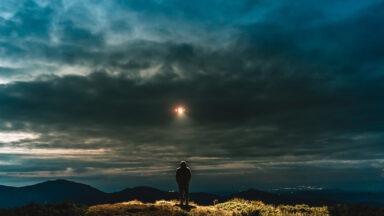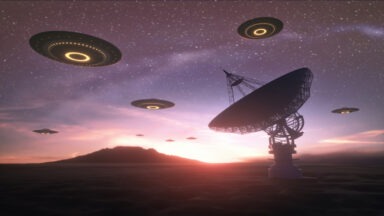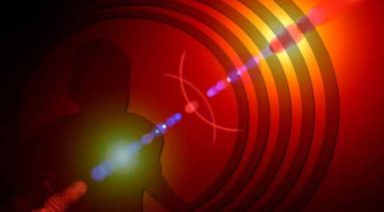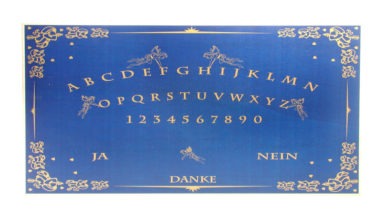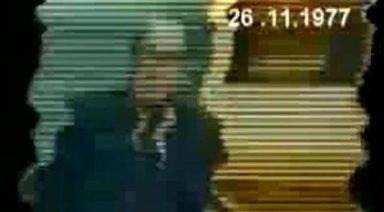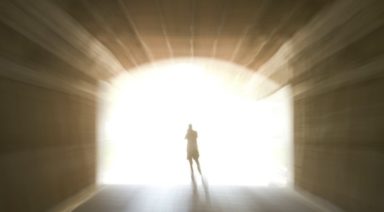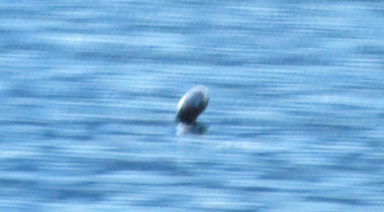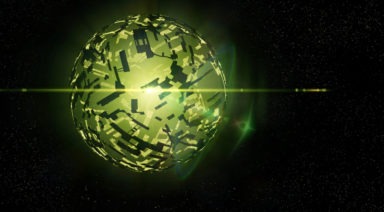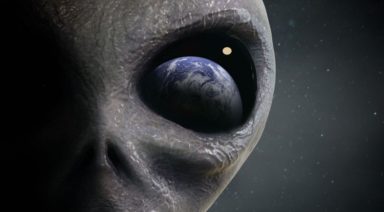Has A.I. Finally Decoded Bizarre 600-Year-Old Voynich Manuscript?
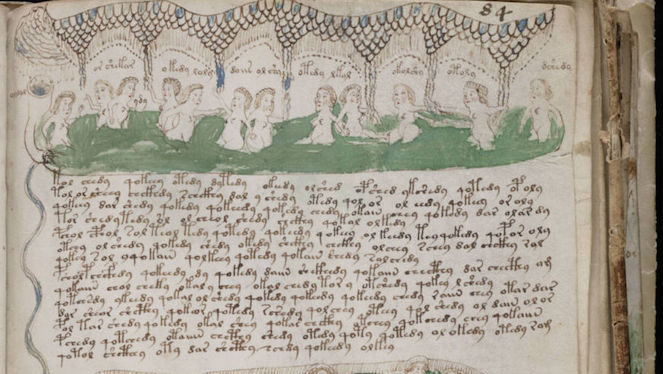
An esoteric text, discovered over a century ago has left cryptographers and linguists puzzled for decades, but now artificial intelligence may finally decipher the enigmatic content of the Voynich Manuscript.
Carbon dating shows that this esoteric text was written sometime in the 15th century by an unknown author. Its modern provenance has been attributed to an Italian antique book collector, Wilfred Voynich, whom it was named after.
The manuscript contains writings on calfskin parchment that look like a cross between ancient Celtic and some amalgam of middle eastern text. It is thought to be encrypted using a series of cyphers, including anagrams, micrographic shorthand, and abbreviations.
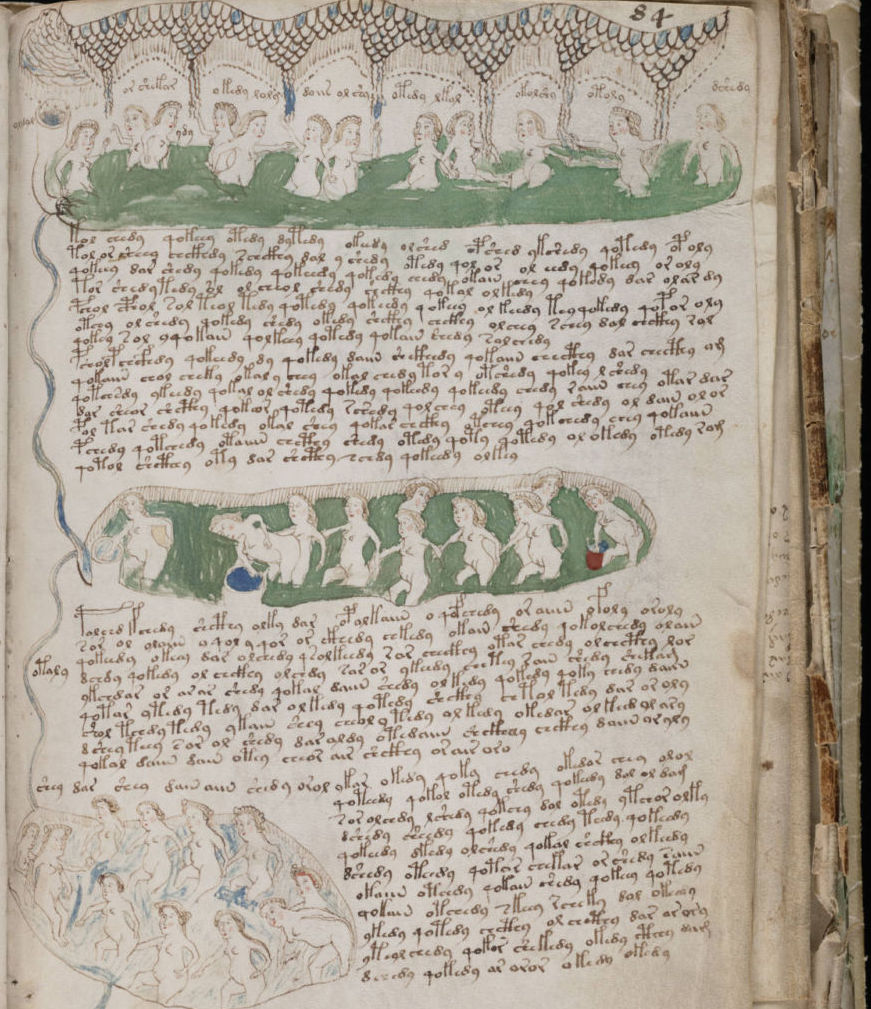
Since its discovery was publicized in 1912, cryptographers and even WWII codebreakers have tried to decipher its contents to no avail, leading many to label it a hoax or simply full of gibberish. In addition to the bizarre inscriptions, the manuscript contain a number of strange illustrations that have led some to believe it to be either alchemical instructions or a book of medicine.
But now, Greg Kondrak, an expert in natural language processing at the University of Alberta, is using artificial intelligence to solve this age-old mystery. The computer algorithm used to translate the text implements information from the “Universal Declaration of Human Rights” which contains over 400 different languages.
Their first discovery: the script is an encoded version of Hebrew.
They believe that one of the cyphers may be anagrams alphabetically ordered, showing 80 percent of the words decoded this way as Hebrew. Kondrak and his team have also deciphered a near grammatically correct first sentence that reads:
“She made recommendations to the priest, man of the house and me and people.”
The rest of the script remains somewhat encrypted with incongruent words and phrases that have yet to be untangled. Kondrak’s next goal is to bring in someone with more knowledge of ancient Hebrew and its possible ambiguities, as he’s currently been relying on Google translate.
Secrets of Alchemy
The Many Faces of Wicca and Witchcraft

Forget your mid-century modern, sexy housewife witch — a submissive Hollywood sorceress who denies her powers for her mortal mate. She and her ilk, including the diabolical femme fatale, a temptress archetype, eternally scheming to lead good men to damnation (think Morgan le Fay of the King Arthur legends), are products of centuries of fantasy and propaganda — all facets of female “original sin” by default.
Other stereotypes, such as Shakespeare’s hags muttering over a bubbling cauldron, are equally fictitious, though likely derived from elderly “wise women” archetypes; village healers, counselors, and keepers of women’s’ secrets.
Today’s witch, or Wiccan, may appear as a cookie-baking British grandmother who, at Beltane, can be found dancing “skyclad” with her coven in the forest. You may also meet a feminist and environmental activist like Starhawk, author of the classic The Spiral Dance, a modern sourcebook on Goddess-based neopaganism. Or a young housewife and mother blogging about Wiccan parenting.




